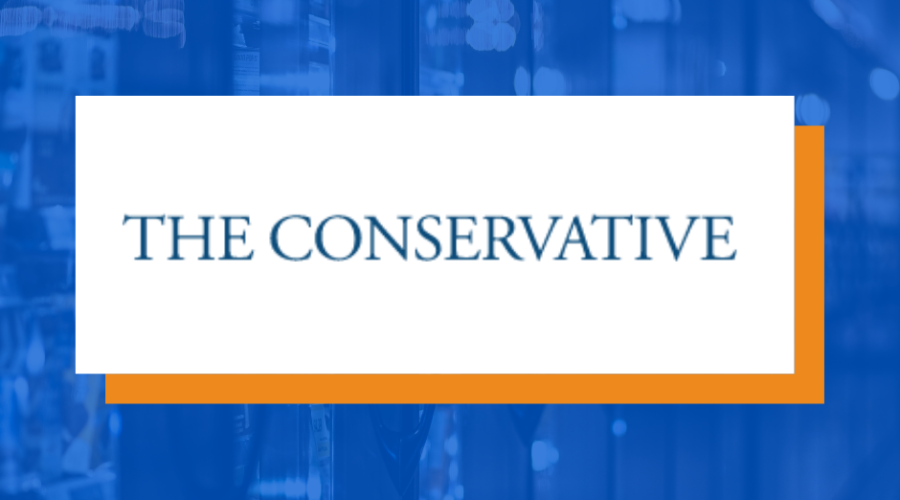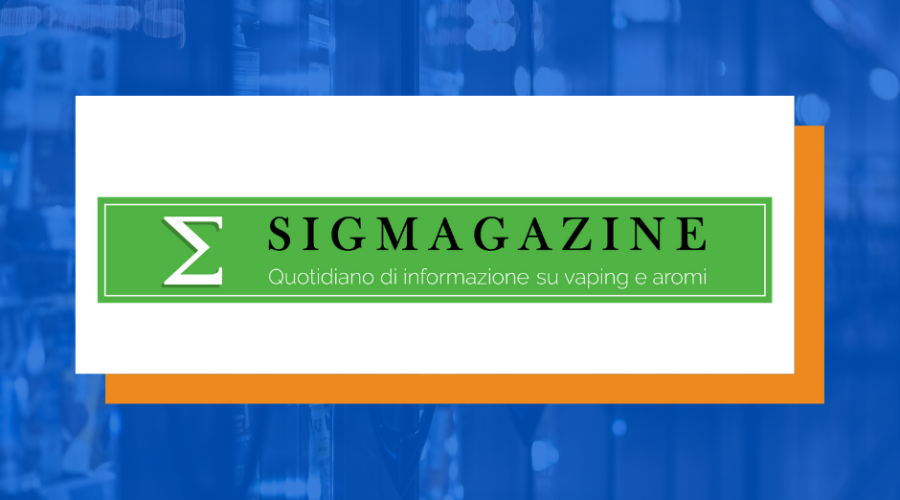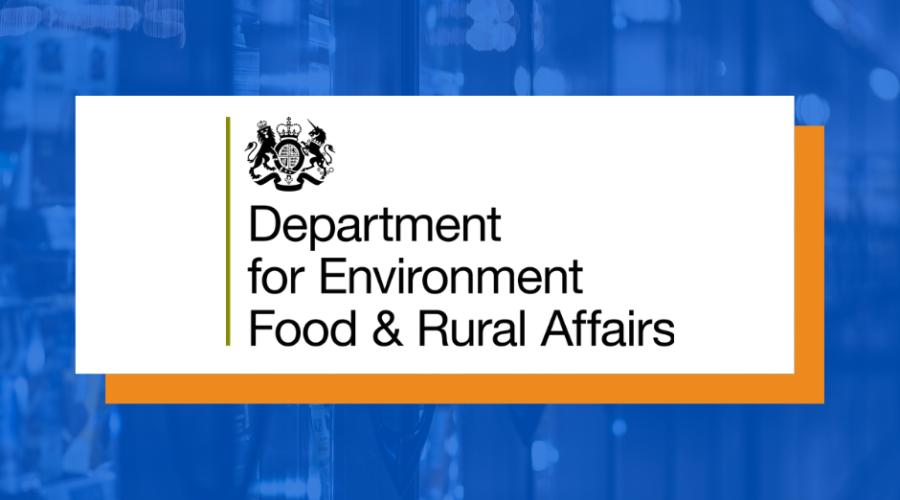Pentingnya Perlindungan Hak Kekayaan Intelektual untuk Revolusi Digital
Revolusi digital saat ini merupakan fenomena yang tidak bisa kita pisahkan dari kehidupan kita sehari-hari, khususnya kita yang hidup di kota-kota besar di seluruh dunia. Berbagai teknologi yang dihasilkan oleh revolusi digital, khususnya di bidang teknologi informasi, seperti internet dan smartphone, telah kesehariaan jutaan orang di seluruh dunia untuk melakukan pekerjaan dan kegiatan mereka.
Melalui jaringan internet dan smartphone misalnya kita bisa melakukan berbagai kegiatan sehari-hari dengan lebih mudah, seperti memesan transportasi, penginapan, makanan, hingga mencari navigasi ketika bepergian. Tidak hanya itu, berkat semakin berkembangnya jaringan internet dan teknologi gadget, kita juga semakin mudah dalam mencari pengetahuan, dan bisa mengakses informasi dari seluruh dunia dengan cepat dan terjangkau.
Tidak bisa dipungkiri, perkembangan teknologi yang sangat pesat ini merupakan hal yang tidak diperkirakan oleh banyak orang berdekade-dekade yang lalu. Di masa lalu, hampir semua orang tidak membayangkan bahwa di masa depan, kita bisa memiliki alat multifungsi yang tidak bisa dipisahkan dari keseharian kita, untuk melakukan kegiatan sehari-hari, hingga mengakses informasi dari seluruh dunia.
Perkembangan teknologi secara global, merupakan sesuatu yang tidak bisa kita hentikan. Kemajuan teknologi, termasuk juga revolusi digital, adalah sesuatu yang akan terus berjalan dan berkembang dengan pesat dari tahun ke tahun. Oleh karena itu, agar tidak tertinggal, kita harus mampu bersaing melalui pengembangan ilmu pengetahuan dan meningkatkan inovasi.
Meningkatkan inovasi tentu merupakan sesuatu yang tidak bisa diabaikan agar kita mampu tetap bersaing dan tidak tertinggal dalam bidang revolusi digital. Tanpa adanya inovasi, tentu kita akan semakin tertinggal, dan tidak akan mampu bersaing di dunia yang semakin bergantung pada perkembangan teknologi.
Untuk itu, adanya seperangkat hukum dan kebijakan yang mendorong inovasi untuk meningkatkan daya saing di era digital adalah hal yang sangat penting. Salah satu dari kebijakan tersebut adalah perlindungan terhadap hak kekayaan intelektual, untuk mendorong inovasi yang dilakukan oleh para inovator dan orang-orang yang memiliki kreativitas yang tinggi, yang mencakup berbagai jenis, seperti hak cipta, paten, dan merek (computerweekly.com, 18/4/2018).
Perlindungan hak kekayaan intelektual tentu merupakan hal yang sangat penting, terlebih lagi di era digital seperti saat ini. Kemajuan teknologi telah semakin memberi kemudahan bagi setiap orang untuk membajak dan mencuri hasil karya orang lain untuk keuntungannya sendiri. Hal ini tentu akan sangat merugikan para inovator dan orang-orang yang menjadi pembuat karya tersebut, karena mereka tidak mampu mengambil manfaat dari karya yang mereka buat.
Tanpa adanya perlindungan hak kekayaan intelektual, insentif seseorang untuk berkreasi dan berinovasi tentu akan semakin berkurang. Dengan demikian, maka kemajuan dan perkembangan teknologi akan semakin terhambat, dan tidak mustahil justru akan membawa kemunduran.
Pentingnya perlindungan hak kekayaan intelektual di era digital ini juga merupakan hal yang disampaikan dan diadvokasi oleh banyak pihak, termasuk pejabat tinggi di Indonesia. Salah tsatu pejabat tinggi yang menyatakan hal tersebut adalah Menteri Hukum dan HAM.
Menteri Hukum dan Hak Asasi Manusia, Yasonna Laoly, dalam sesi kuliah umum virtual Pekan Kekayaan Intelektual Universitas Indonesia, menyatakan bahwa “Peran kekayaan intelektual dalam era baru Revolusi Industri 4.0 memiliki posisi yang sangat penting. Kekayaan intelektual sebagai fondasi dari ekonomi kreatif diharapkan dapat menjadi competitive advantage sekaligus pendorong perekonomian nasional,” (AntaraNews.com, 27/11/2020).
Pernyataan yang dikeluarkan oleh Menteri Hukum dan HAM ini tentu merupakan sesuatu yang sangat positif dan harus kita apresiasi. Sebagaimana yang kita ketahui, secara umum, perlindungan hak kekayaan intelektual, khususnya yang berkaitan dengan produk-produk digital, masih belum terlalu kuat di Indonesia.
Bila kita pergi ke toko-toko atau pusat perbelanjaan misalnya, dengan mudah kita bisa mendapatkan berbagai produk digital bajakan dengan harga yang sangat murah, Diharapkan, melalui pernyataan yang dikeluarkan oleh Menteri Hukum dan Hak Asasi Manusia tersebut , Pemerintah Indonesia dapat semakin memperbaiki perlindungan hak kekayaan intelektual di negara kita, untuk meningkatkan daya saing Indonesia di era revolusi digital saat ini.
Sebagai penutup, pengetahuan dan ide-ide baru yang kreatif merupakan sumber daya yang tidak ternilai bagi ekonomi global di era digital seperti saat ini. Bila kita tidak mampu mengembangkan pengetahuan dan menemukan ide-ide baru yang kreatif, maka kita tidak akan mampu beradaptasi dan bersaing di era revolusi digital saat ini. Untuk itu, adanya seperangkat hukum yang mencegah terjadinya pencurian ide-ide kreatif dalam bentuk hak kekayaan intelektual adalah hal yang sangat penting.
Originally published here.







